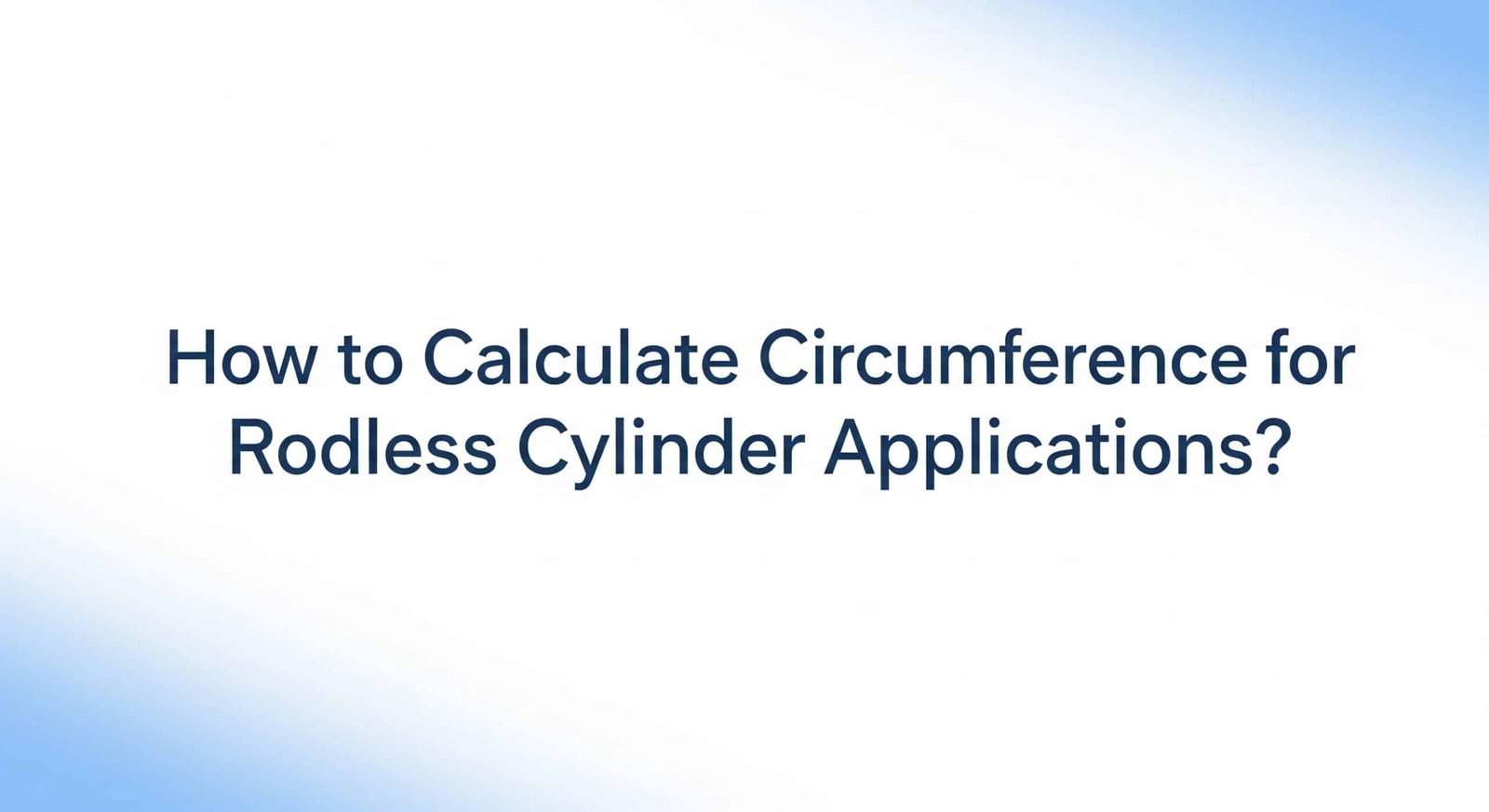
How to Calculate Circumference for Rodless Cylinder Applications?
Circumference equals π times diameter (C = πd) or 2π times radius (C = 2πr), providing the distance around any circular cross-section of your rodless cylinder.
Explore the future of pneumatics. Our blog offers expert insights, technical guides, and industry trends to help you innovate and optimize your automation systems.

Circumference equals π times diameter (C = πd) or 2π times radius (C = 2πr), providing the distance around any circular cross-section of your rodless cylinder.
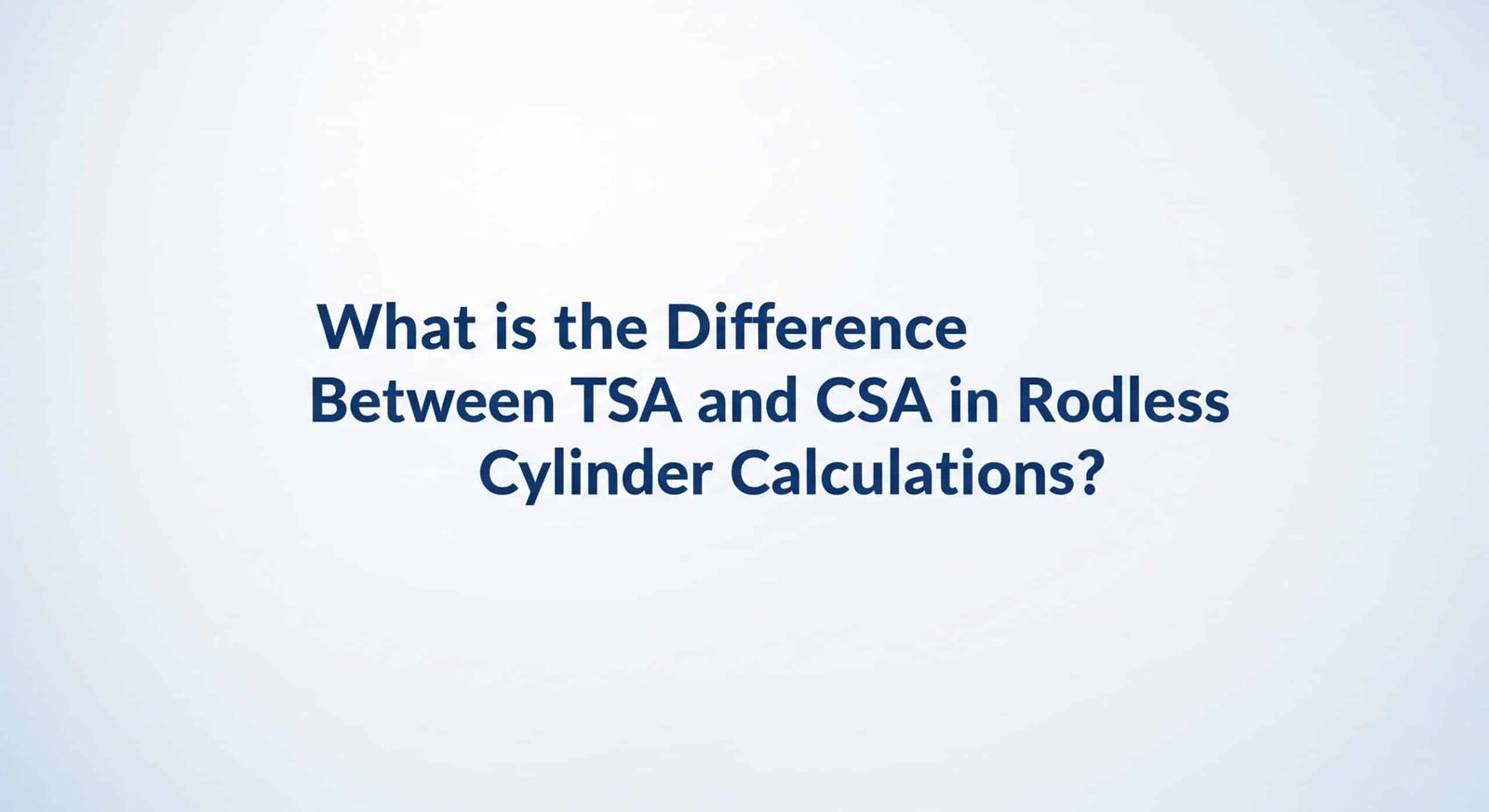
TSA (Total Surface Area) includes all cylinder surfaces using formula 2πr² + 2πrh, while CSA (Curved Surface Area) only covers the lateral surface using formula 2πrh.
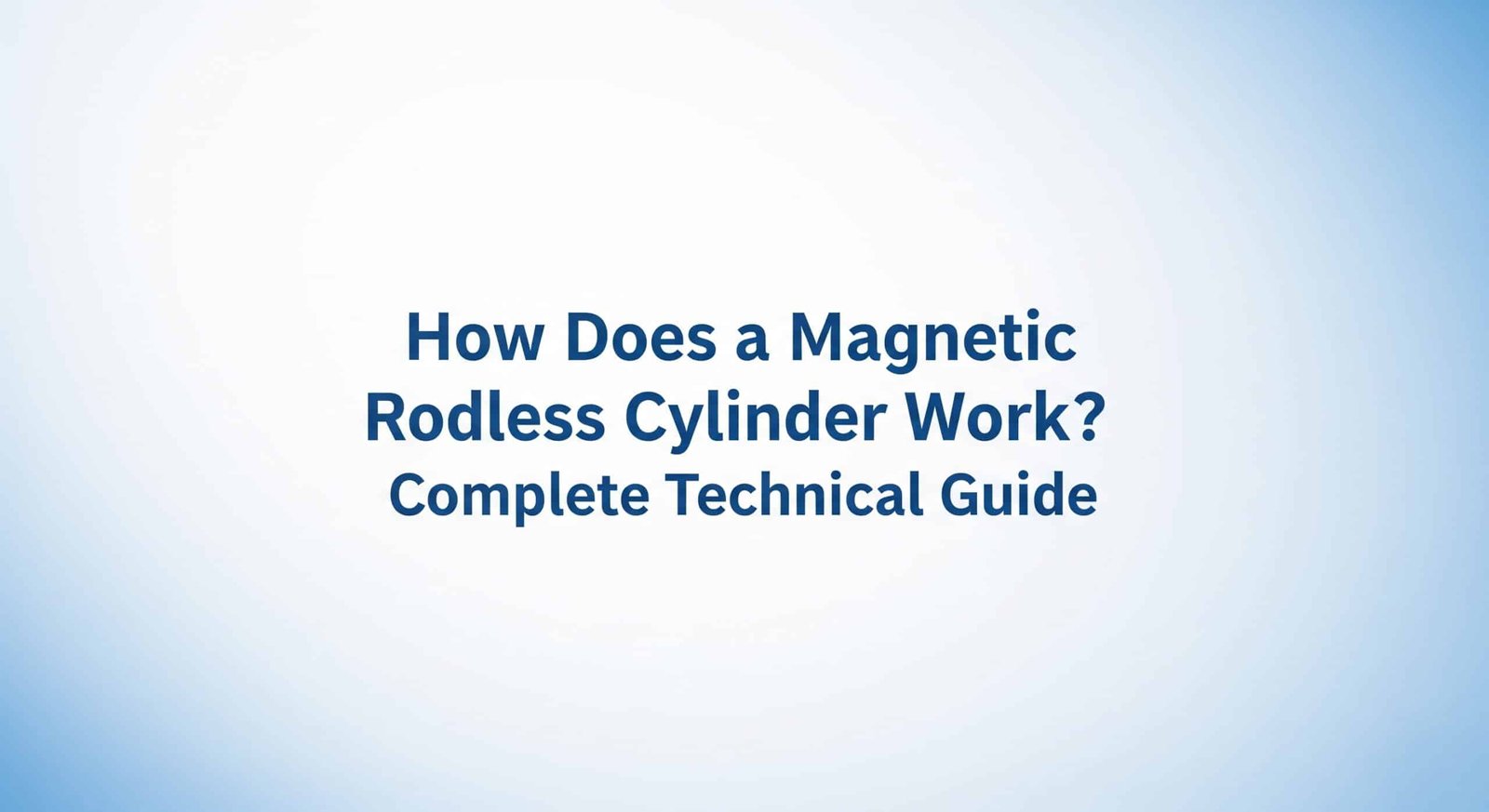
Cylinder height is the perpendicular distance between the two circular bases, measured as the straight-line length along the cylinder’s axis using calipers or measuring tape.
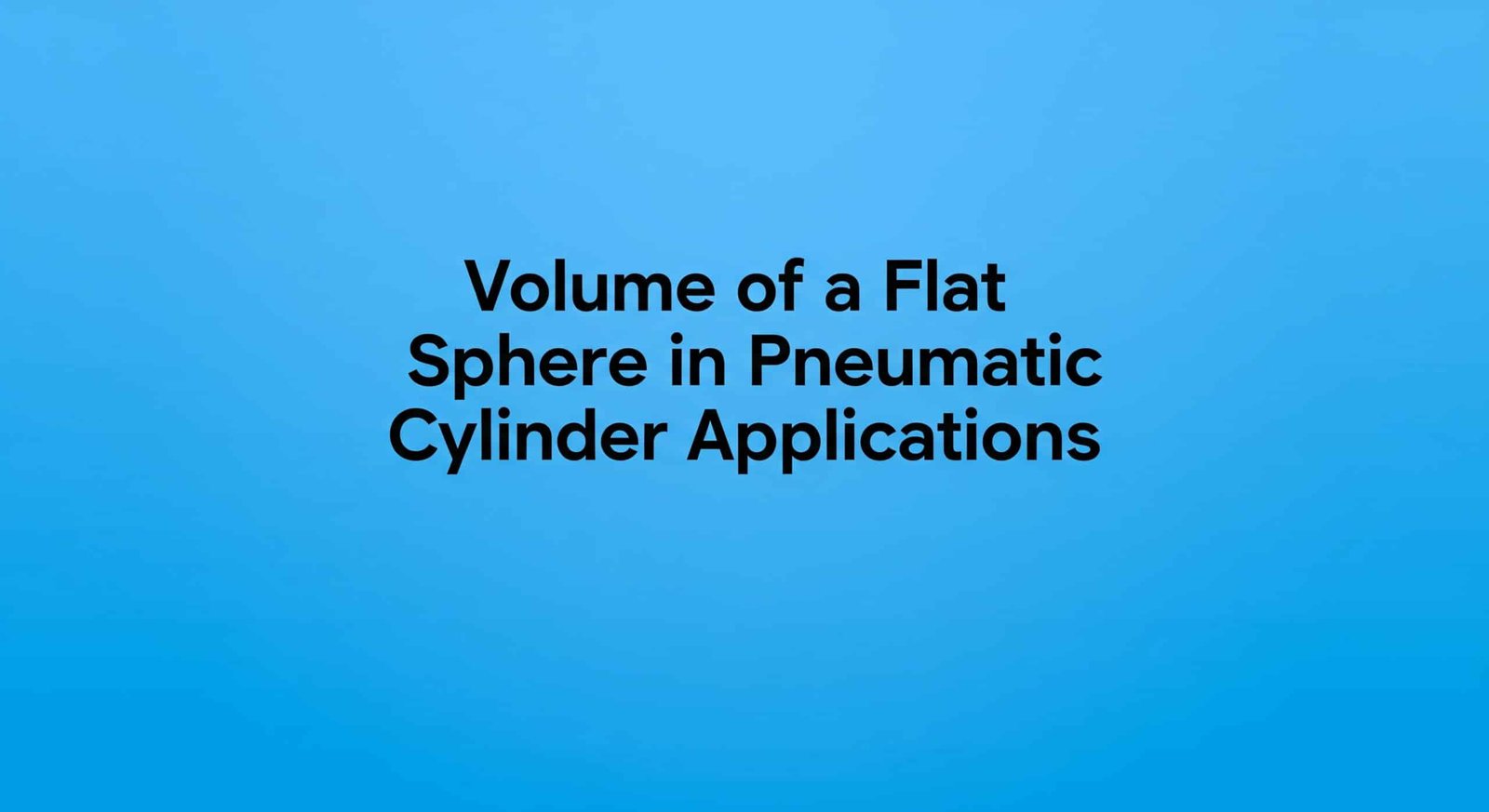
A flat sphere (oblate spheroid) has volume V = (4/3)πa²b, where ‘a’ is the equatorial radius and ‘b’ is the polar radius, commonly found in pneumatic accumulator and cushioning applications.
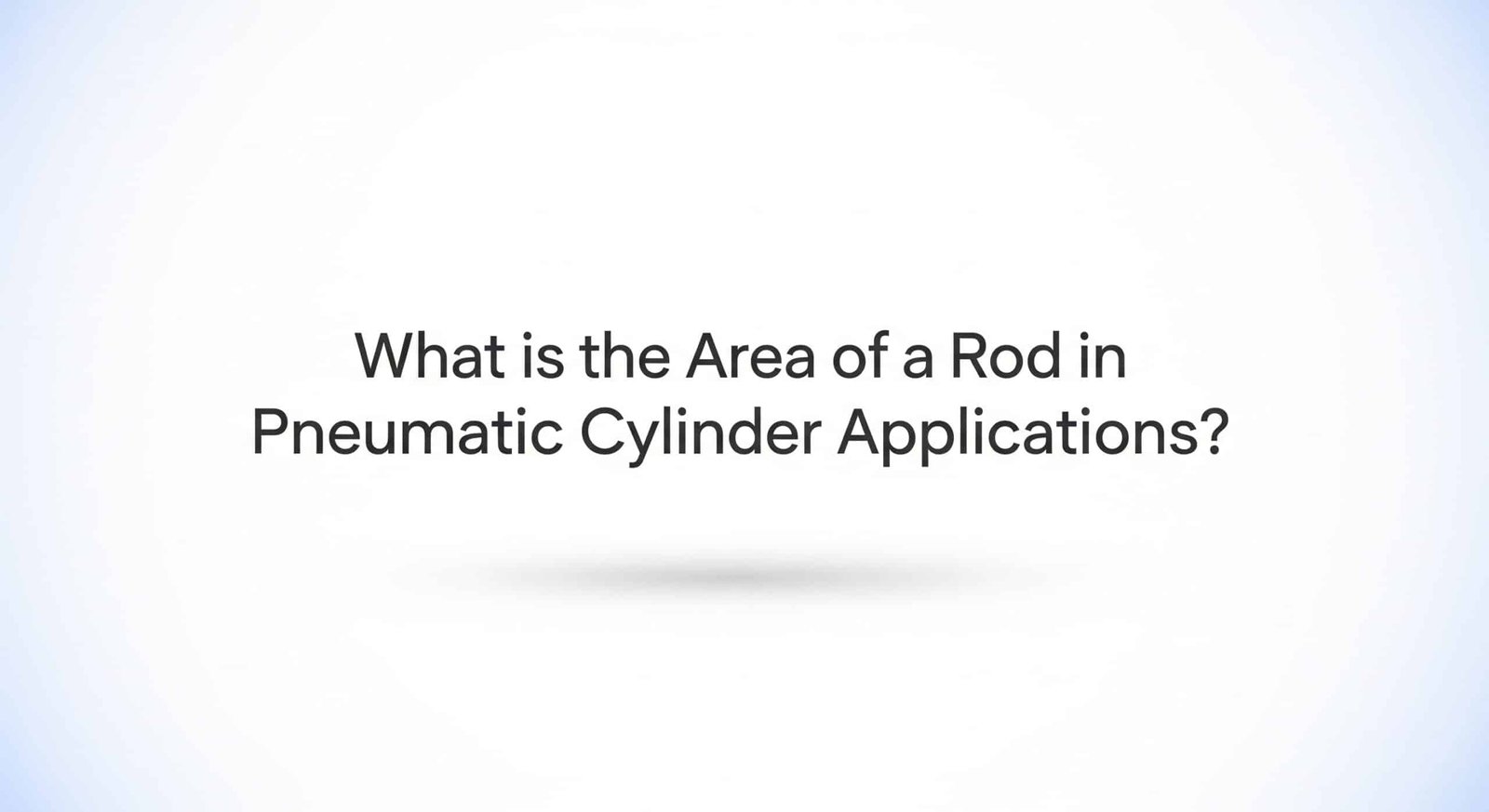
Rod area is the circular cross-sectional area calculated as A = πr² or A = π(d/2)², where ‘r’ is the rod radius and ‘d’ is the rod diameter, critical for force and pressure calculations.
Designing and Developing.
We Engineer Pneumatic Excellence - Innovative, Versatile, Empowering.
Our dedicated pneumatic specialists focus on providing premium pneumatic products
to ensure optimal functionality for your systems.
Contact Us
Xuezhai Industrial Zone, Liushi Town, Yueqing City, Zhejiang Province, China
© 2025. All Rights Reserved.Powered by Bepto
